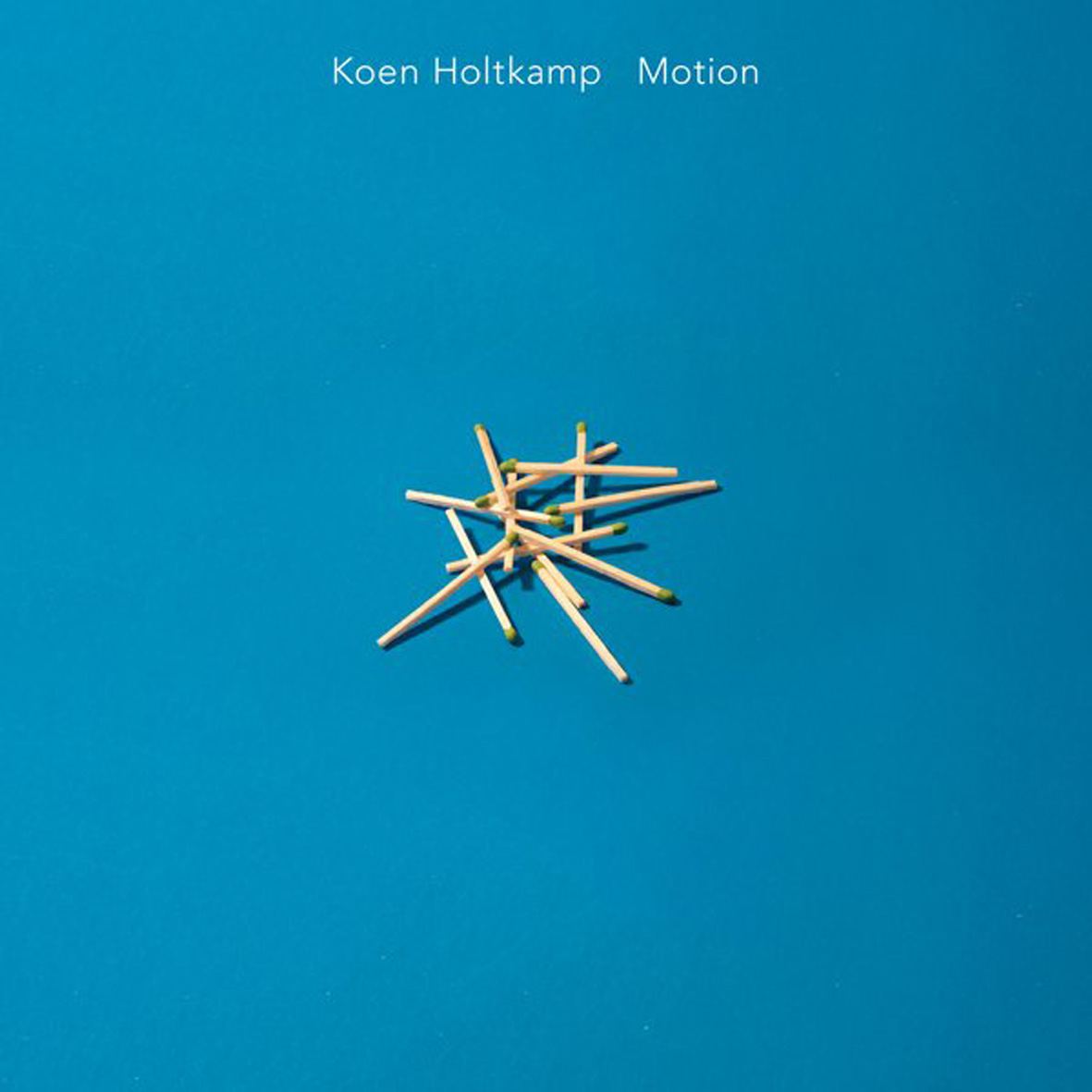 My general lack of excitement about current glut of synthesizer albums is well-documented, but there are a handful of artists that I still look forward to and Koen Holtkamp is one of them. On this, his first solo album for Thrill Jockey, he delivers yet another fine set of vibrantly burbling analog sounds. While I do not necessarily love every single song on Motion, it certainly contains some of his best work and reaffirms my belief that Koen is in a class of his own when it comes to constructing dynamic, multi-layered synth opuses.
My general lack of excitement about current glut of synthesizer albums is well-documented, but there are a handful of artists that I still look forward to and Koen Holtkamp is one of them. On this, his first solo album for Thrill Jockey, he delivers yet another fine set of vibrantly burbling analog sounds. While I do not necessarily love every single song on Motion, it certainly contains some of his best work and reaffirms my belief that Koen is in a class of his own when it comes to constructing dynamic, multi-layered synth opuses.
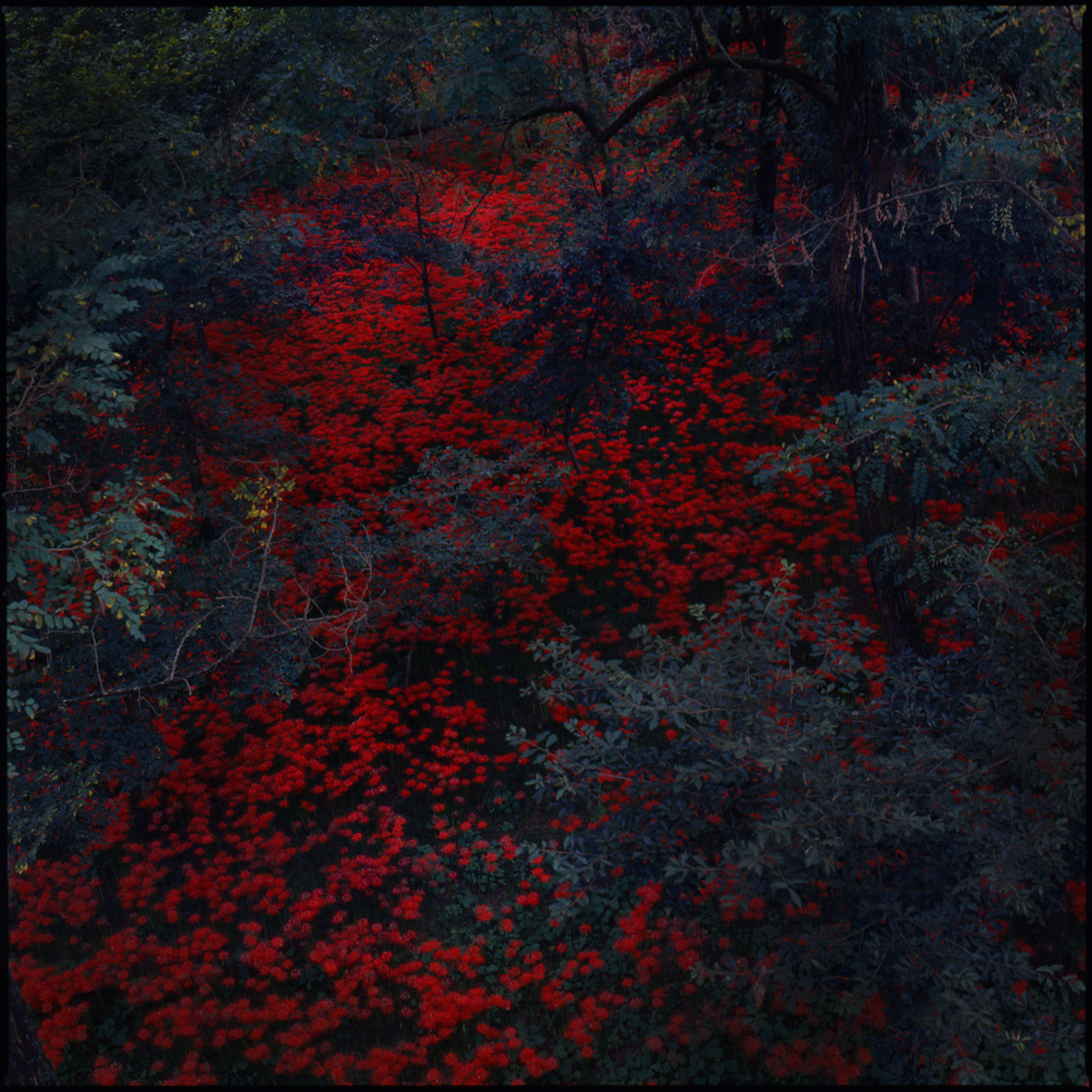
Students of Decay label head Alex Cobb is back with two new albums: his latest ambient drone opus under his own name and a compilation of some of Taiga Remains’ limited-edition cassette releases from 2008. They feel oddly like companion pieces—though at least six years separate the two albums—as it seems like Cobb was always reaching for the same minimal, warm, and blurred aesthetic.  He just used different means to get there at different points in his career.  In any case, both albums are quite likable: while Marigold and Cable handily eclipses Works in both execution and composition, the Taiga album nicely offsets some of Cobb’s serene tendencies with a healthy dose of tape noise, which offers a charm all its own.
 Robot Records’ three-CD retrospective of Jacques Lejeune’s music from the early 1970s and 1980s contains over three hours of heady electronic noise, surreal acoustic transformations, deconstructed field recordings, and disorienting aural splutter. It is a collection that spans 14 years and six electroacoustic compositions: one composed for ballet and inspired by Snow White, another inspired by the myth of Icarus, and others by landscapes, symphonic form, and cyclical movement, among other things. They flash with theatrical flair, jump unpredictably through minute variations, and churn chaotically, tossing fabricated scree and instrumental slag into the air. A 28 page bilingual booklet filled with photographs, drawings, and program notes accompanies the set, along with a 32 page booklet of interpretive poetry. In them, Lejeune, Alain Morin, and Yak Rivais offer up remarkably precise interpretations for each of the pieces, but the writing works much better as a rough guide to the visually evocative clamor of Lejeune’s electric transmissions.
Robot Records’ three-CD retrospective of Jacques Lejeune’s music from the early 1970s and 1980s contains over three hours of heady electronic noise, surreal acoustic transformations, deconstructed field recordings, and disorienting aural splutter. It is a collection that spans 14 years and six electroacoustic compositions: one composed for ballet and inspired by Snow White, another inspired by the myth of Icarus, and others by landscapes, symphonic form, and cyclical movement, among other things. They flash with theatrical flair, jump unpredictably through minute variations, and churn chaotically, tossing fabricated scree and instrumental slag into the air. A 28 page bilingual booklet filled with photographs, drawings, and program notes accompanies the set, along with a 32 page booklet of interpretive poetry. In them, Lejeune, Alain Morin, and Yak Rivais offer up remarkably precise interpretations for each of the pieces, but the writing works much better as a rough guide to the visually evocative clamor of Lejeune’s electric transmissions.
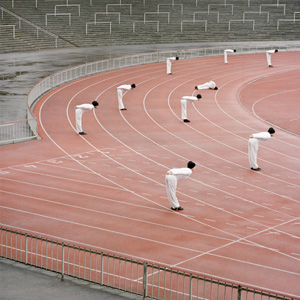
Christopher King, the artist behind Symbol, has been prolific for a number of years, as the founding member and guitarist for This Will Destroy You, creating film scores, and spending time in other local Austin bands. Online Architecture, however, is his first truly solo release. Across six compositions juxtaposing lush electronics with decaying analog media, the album has a familiar warmth while never shaking the feeling of something sinister just beneath the surface.
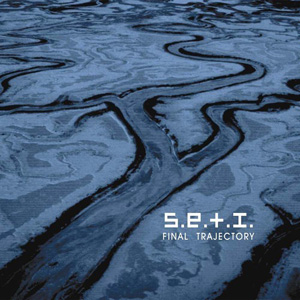 Andrew Lagowski's S.E.T.I. project has been constructing dark ambient dramas with an extra-terrestrial sensibility for over 20 years, blending unidentifiable electronic passages with moments of identifiable synthesizers or samples, and Final Trajectory is the culmination of that. Culled from 30 years of recordings, this album drifts from fascinating to terrifying, much like massive expanse of the universe that influenced it.
Andrew Lagowski's S.E.T.I. project has been constructing dark ambient dramas with an extra-terrestrial sensibility for over 20 years, blending unidentifiable electronic passages with moments of identifiable synthesizers or samples, and Final Trajectory is the culmination of that. Culled from 30 years of recordings, this album drifts from fascinating to terrifying, much like massive expanse of the universe that influenced it.
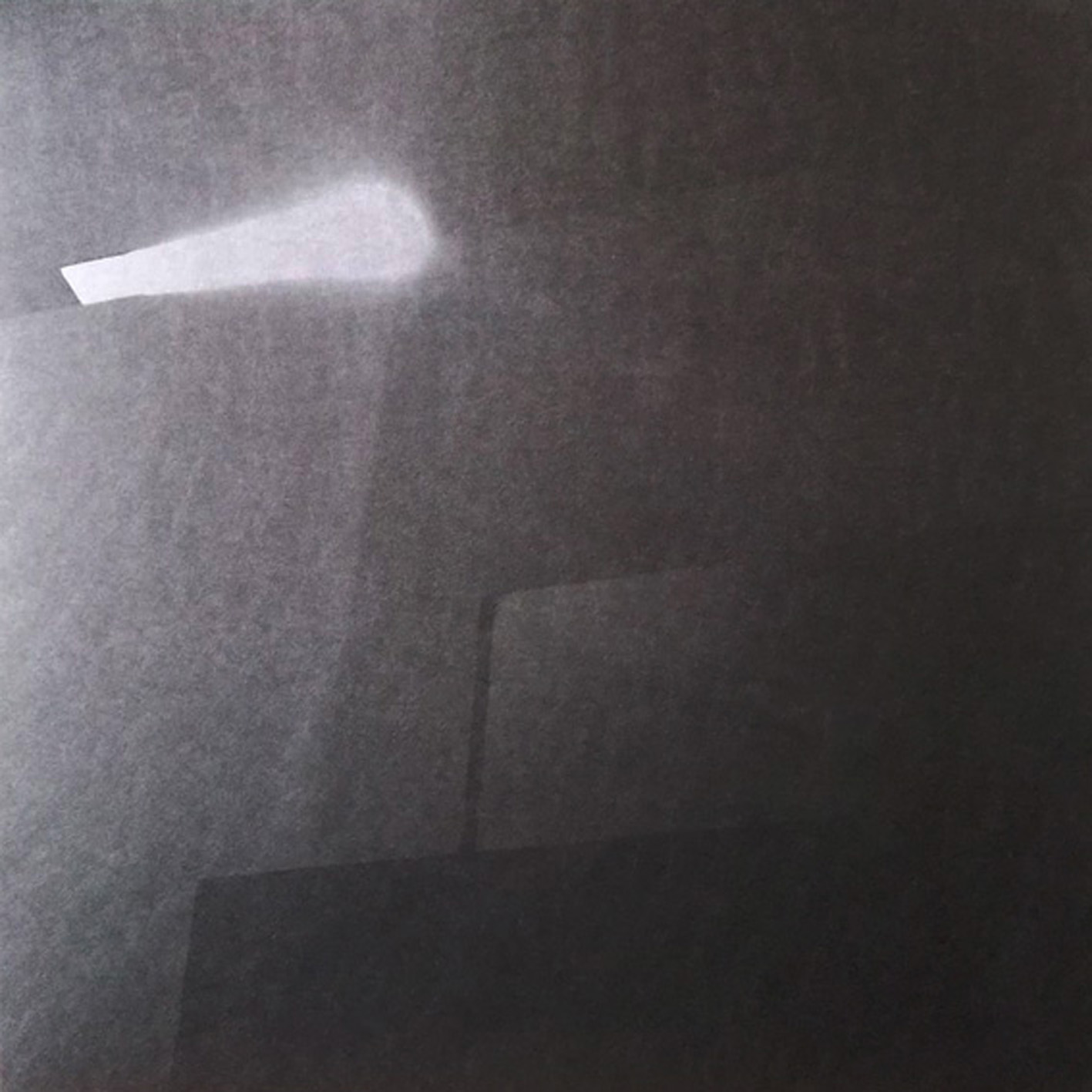 I have noted in the past that few artists are quite as chameleonic as Barn Owl, an observation that Jon Porras seems to have taken as a challenge, as he has now gone and made a dub techno album.  While I do not think that he should necessarily quit his day job, the better moments of Light Divide make it seem like Porras has been doing this forever.  In particular, the opening, "Apeiron," is 7-minutes of warmly hissing greatness.  The rest of the album is not quite on the same level, but it is certainly a pleasant and well-executed stylistic departure nonetheless.
I have noted in the past that few artists are quite as chameleonic as Barn Owl, an observation that Jon Porras seems to have taken as a challenge, as he has now gone and made a dub techno album.  While I do not think that he should necessarily quit his day job, the better moments of Light Divide make it seem like Porras has been doing this forever.  In particular, the opening, "Apeiron," is 7-minutes of warmly hissing greatness.  The rest of the album is not quite on the same level, but it is certainly a pleasant and well-executed stylistic departure nonetheless.
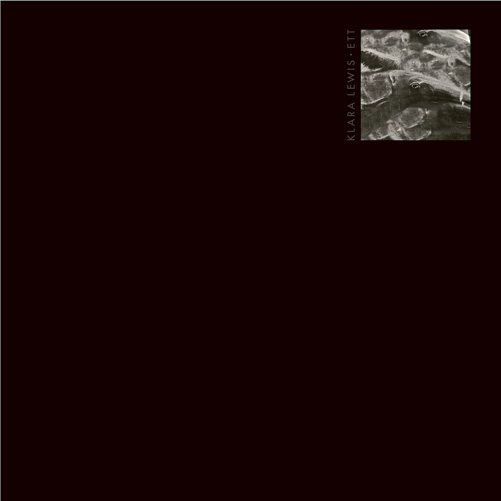 Without a doubt, the fact that Klara Lewis is the daughter of Graham Lewis (Wire, Dome, He Said) is going to garner a significant amount of attention for Ett. While hopefully it helps to spread awareness of its release, by no means does she need to rely on her father’s reputation to garner acclaim for this album. Her penchant for deconstructing dance music into something completely different may be genetically inherited, but this is entirely Klara's show, and a brilliant show it is.
Without a doubt, the fact that Klara Lewis is the daughter of Graham Lewis (Wire, Dome, He Said) is going to garner a significant amount of attention for Ett. While hopefully it helps to spread awareness of its release, by no means does she need to rely on her father’s reputation to garner acclaim for this album. Her penchant for deconstructing dance music into something completely different may be genetically inherited, but this is entirely Klara's show, and a brilliant show it is.

In many respects, July marks a huge leap forward for Nadler, as she moves from self-releasing her work to joining the very hip and influential Sacred Bones and Bella Union labels while enlisting some impressive and unexpected collaborators along the way in violist Eyvind Kang and Sunn O))) producer Randall Dunn.  Despite those seemingly major changes, however, July still sounds exactly like a Marissa Nadler album and continues her evolution into of the best songwriters around these days.  I am not necessarily sure that it is her best album ever, but it certainly comes very close if it is not.  At the very least, it boasts a couple of the most achingly beautiful songs that I will hear this year.
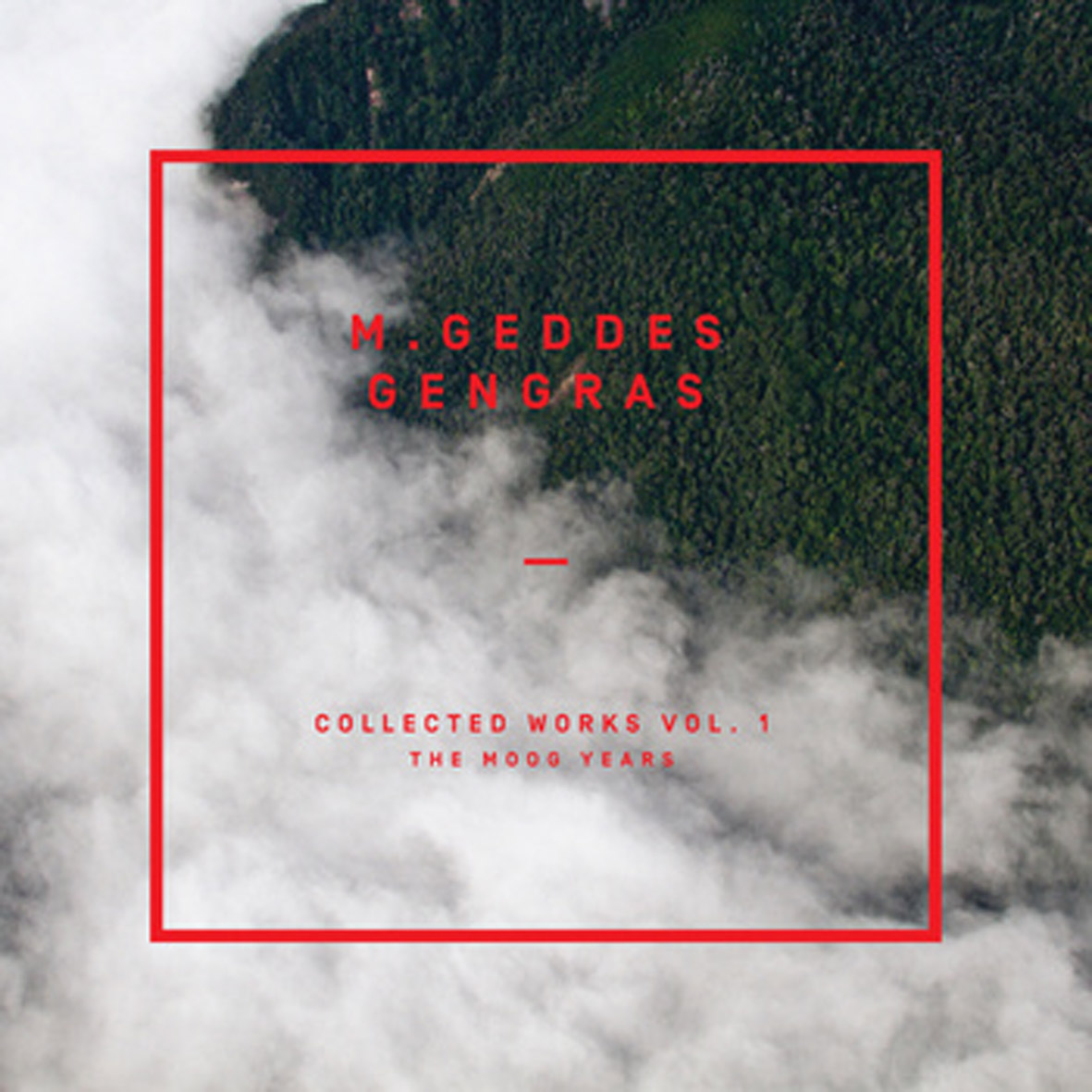
My only defense for sleeping on this oft-dazzling album last summer is that nothing makes me wince quite like the word "Moog" these days, as I am sick to death of vintage synthesizer revivalism/fetishism.  That regrettably over-saturated realm is where Gengras shines, however, and several of the pieces on this compilation/retrospective are so great that they easily transcend both their genre and my subjective hostility towards it.  In particular, the 12-minute "Magical Writing" stands as an absolute masterpiece of warm, immersive, and gently hallucinatory drone that should not be missed.
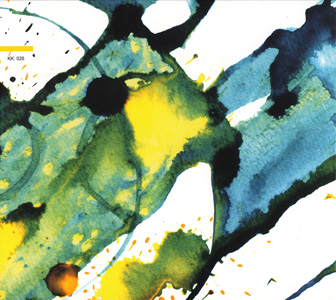 Nao Sugimoto's Spekk label had been doing an excellent job of establishing itself as an excellent source of abstract hybrids of organic and synthetic sounds that were sometimes challenging, sometimes beautiful, but always captivating. Because of that, the label’s disappearance after 2011's Phoenix & Phaedra Holding Patterns album by Janek Schaefer was disheartening. When these two new releases appeared, I was hoping that they would be a return to form, and that they are.
Nao Sugimoto's Spekk label had been doing an excellent job of establishing itself as an excellent source of abstract hybrids of organic and synthetic sounds that were sometimes challenging, sometimes beautiful, but always captivating. Because of that, the label’s disappearance after 2011's Phoenix & Phaedra Holding Patterns album by Janek Schaefer was disheartening. When these two new releases appeared, I was hoping that they would be a return to form, and that they are.



